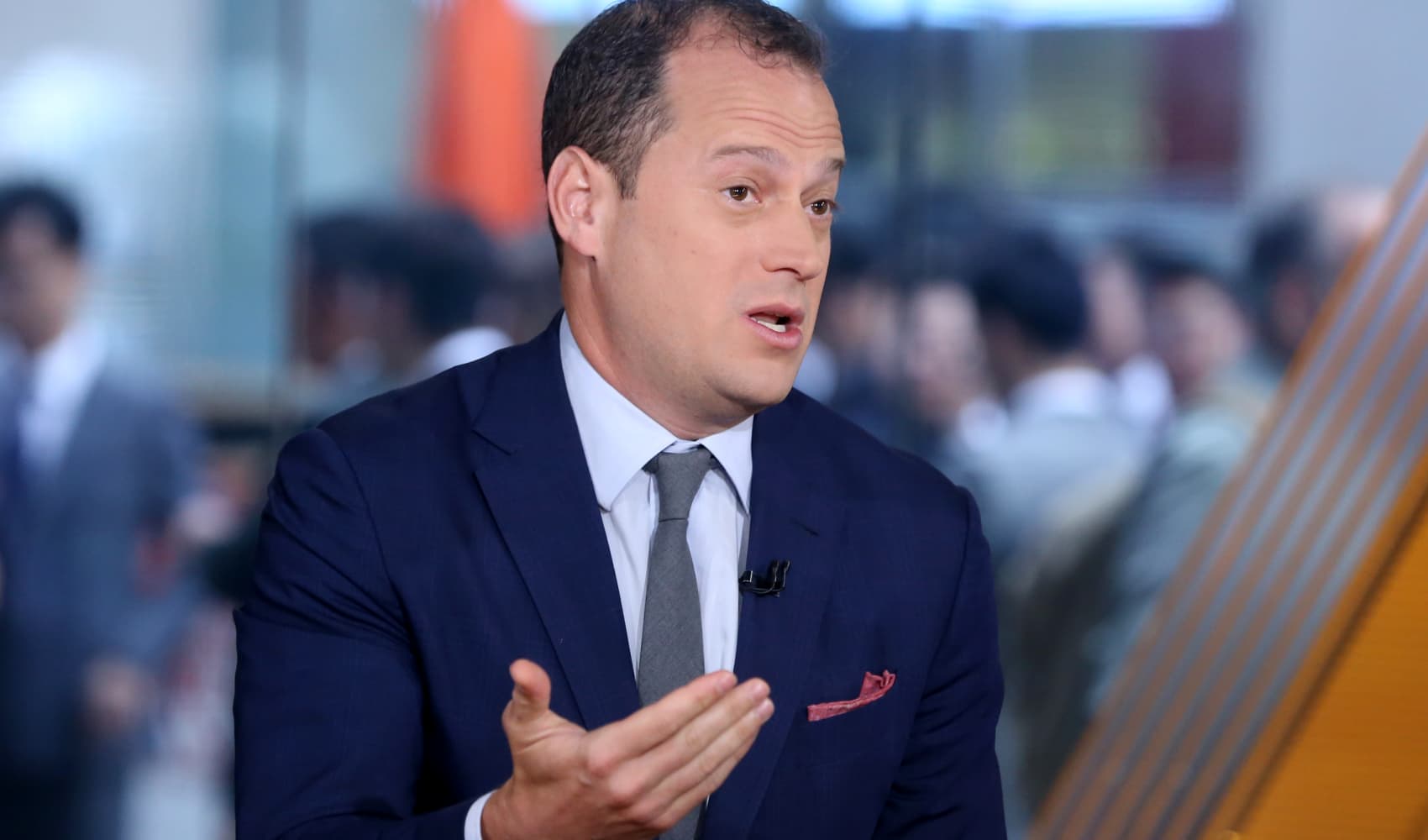
- The U.S. Army on Tuesday unveiled its first climate strategy focused on protecting and training soldiers amid worsening climate disasters like floods, heat waves.
- The Army's plan also directs the service to slash its emissions from 2005 levels in half by 2030 and reach net-zero emissions by 2050.
- The Department of Defense warned last year that climate change poses a critical threat to U.S. military operations and will lead to new sources of global political conflict.
The U.S. Army on Tuesday unveiled its first climate strategy focused on protecting and training soldiers amid worsening climate disasters like floods, heat waves and drought and cutting the service's greenhouse gas emissions.
The Army's plan, a response to President Joe Biden's executive orders calling on agencies to adapt to climate change, directs the service to slash its emissions in half from 2005 levels by 2030 and reach net-zero emissions by 2050.
As part of the strategy, the Army plans to install a microgrid on all of its installations by 2035 and have an fully electric non-tactical vehicle fleet by 2035. It will also work to cut emissions from buildings and include climate change threat mitigation into its land management decisions.
Get top local stories in San Diego delivered to you every morning. Sign up for NBC San Diego's News Headlines newsletter.
The service has already started or completed 950 renewable energy projects, including a 2.1 megawatt solar field at Fort Knox in Kentucky, and 25 microgrid projects scoped and planned through 2024, according to the strategy.
The Department of Defense warned last year that climate change poses a critical threat to U.S. military operations and will lead to new sources of global political conflict. Water shortages, for instance, could become a main source of conflict between U.S. military overseas and the countries where troops are based, according to the department.
A rise in extreme weather events has already cost the department billions of dollars and will prompt more demand for U.S. troops while damaging military bases, degrading mission capabilities and putting service members at risk.
Money Report
"Climate change threatens America's security and is altering the geostrategic landscape as we know it," Army Secretary Christine Wormuth said in a statement.
"For today's soldiers operating in extreme temperature environments, fighting wildfires, and supporting hurricane recovery, climate change isn't a distant future, it is a reality," Wormuth said.
The strategy also calls for the Army's leader development and workforce training to incorporate climate change topics no later than 2028 and to publish climate change lessons and best practices starting in 2024.
"We face all kinds of threats in our line of work, but few of them truly deserve to be called existential. The climate crisis does," Wormuth said. "Climate change is making the world more unsafe and we need to act."






